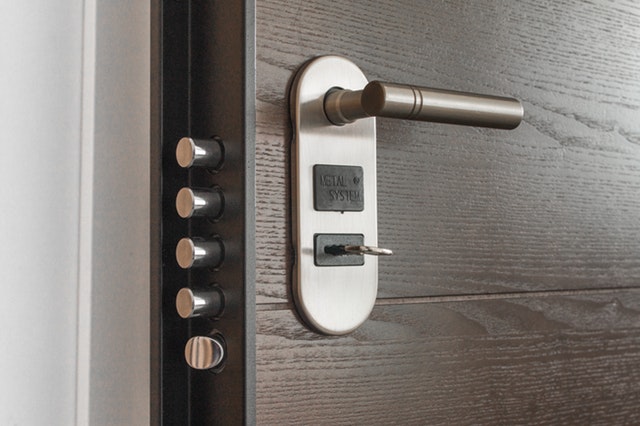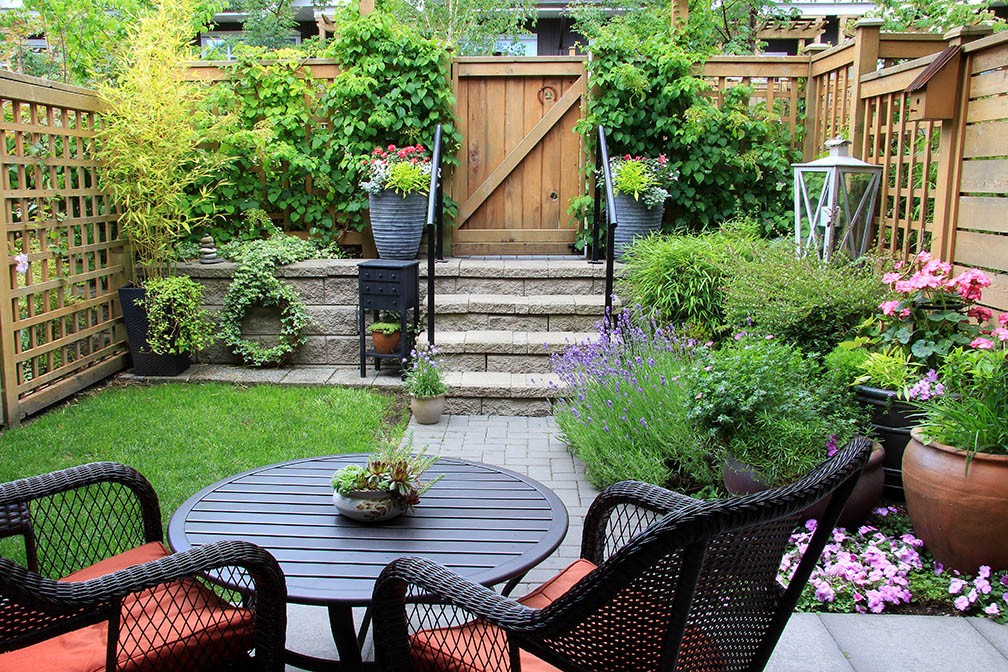7 New Home Upgrades that Could Save Your Life
 One of the best things about moving into a new home is personalizing it and really making it yours. From hanging wall art to arranging furniture to finding the perfect spot for your grandmother’s hand crocheted afghan, it’s a real joy to decorate.
One of the best things about moving into a new home is personalizing it and really making it yours. From hanging wall art to arranging furniture to finding the perfect spot for your grandmother’s hand crocheted afghan, it’s a real joy to decorate.
But are you forgetting about the big investment you just made? Consider the following important home upgrades that will protect your home and your family.
1. Smoke Alarm
Take an afternoon and upgrade all your new home’s smoke alarms. Smoke alarms save lives and it’s not worth it to assume that just because it’s there it’s working.
2. Carbon Monoxide Alarm
Do the same upgrade with your carbon monoxide alarm. If your new home doesn’t yet have one, go ahead and pick up the latest model. Even if your home has all electric appliances, it’s worth it to have this added protection.
3. Trim Bushes
It’s lovely to have a home that’s nestled behind evergreens, but you should know that this gives intruders easy cover around the perimeter of your home. Trim bushes so they are no more than four feet high so intruders have nowhere to hide.
4. Outdoor Lighting
Outdoor lighting adds to the curb appeal of your home and also deters intruders. Install solar lighting to highlight attractive areas and motion sensor lighting around windows and doors.
5. Security System
Consider enrolling in a security alarm system for your new home. Several companies offer this option. These systems come with cameras that you can have in/or around your home. The mere presence of cameras is often enough to ward off unwanted persons.
6. Fire Extinguishers
Stock every room with a fire extinguisher. Many times people only put these in the kitchen, but a candle or electrical fire can break out anywhere, including the garage. This isn’t technically an upgrade, but this could save your live and your property.
7. Door Alarm
If you have children, consider installing a door alarm on your sliding patio doors. This is especially helpful if you have a backyard swimming pool. A door alarm can be picked up at the local hardware store and installed within minutes if you’re even a little bit handy.
These seven tips will help to ensure that both you and your home are well-protected. After this, you can get back to decorating comforted by the knowledge that you’ve taken care of the important points first.
Another way to protect your family is to be sure that you have the best financing options available by staying in contact with your trusted home mortgage professional.

 Last week’s economic releases included readings on construction spending, public and private sector jobs and national unemployment. Weekly reports on mortgage rates and first-time unemployment claims were also released.
Last week’s economic releases included readings on construction spending, public and private sector jobs and national unemployment. Weekly reports on mortgage rates and first-time unemployment claims were also released. It’s great to have a yard in this day and age, but so many new developments in the city have limited green space for you to let your imagination run wild. If you’re wondering what you can do with your patch of green space or small yard, here are a few options for making it aesthetically appealing and still maximize the potential.
It’s great to have a yard in this day and age, but so many new developments in the city have limited green space for you to let your imagination run wild. If you’re wondering what you can do with your patch of green space or small yard, here are a few options for making it aesthetically appealing and still maximize the potential.